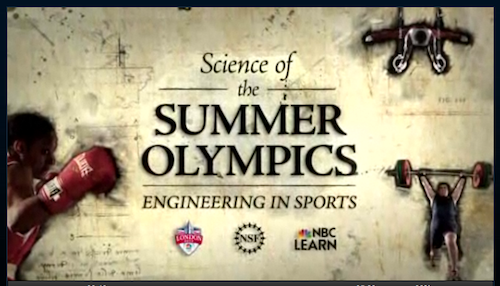Hoof Wall Regeneration Study by Farrier Scott Lampert
Introduction: If you spend any time on the show circuit in the United States, you know the equine-specialist Perfect Products company and the reputation of its line of show-oriented horsecare products.

This spring, Perfect Products joined the hoofcare industry when it introduced Regen-X, a hoof wall improvement product. More than a cosmetic hoof dressing, and different from a growth enhancement product, Regen-X is uniquely promoted to improve the health and quality of the hoof wall--from the inside out.
The product's marketing literature states that Regen-X re-invigorates the keratinization process within the hoof wall and re-balances the hoof wall’s susceptibility to excess or inadequate moisture content.
 |
| Minnesota farrier Scott Lampert |
Hoofcare Publishing welcomes Regen-X to its growing family of supporting companies and sponsors and commends them for documenting the use of their new product by a professional farrier.
Here's Scott’s description of his test of the product:
On May 22, 2012, we began testing Perfect Products’ Regen-x EQ hoof product on four horses as described on the bottle.
Test protocol
The test protocol consisted of picking two of the worst-condition feet on each horse and treating just one of those for one shoeing cycle. The intent was to evaluate claims that this product would improve the quality of nailable horn and hoof condition.The test was set up so that it would allow us to compare any measurable change to the same feet, as well as any differences to the pair of feet.At the beginning of the testing period and throughout it, all horses were sound and their caregivers maintained the exact lifestyle, nutritional program, and care as they had been receiving before the product test began. No variables changed except for the addition of this product.
We found that all four horses responded consistently to this test.
The photos illustrate findings that we found consistent to all four horses. One horse, Scooter, was selected to have his hooves photographed for the purposes of this statement.
About the test horse
Scooter is a large show pony with normal weight and workload. At the time of our test, Scooter had a consistent wall thickness of 5.48 mm measured at three points on the circumference of his toe. His walls were graded as a 2 out of 5, in which 5 would be considered in optimal health. As you can see, his hoof walls are thin, weak, and shelly. |
| 1. (Before) Show pony Scooter’s left hind foot after routine trimming on May 22, 2012. |
 |
| 2. (Before) Software-processed image of Scooter’s left hind foot on May 22,2012 measured out the hoof wall thickness at three points to a distance of 5.48 mm thickness. |
Regen-X is applied as a simple coating to the hoof. It is supplied in a resealable container with an applicator and is available at tack shops across the USA. Hoofcare and veterinary supply stores are also invited to contact Perfect Products for dealer information.
Contact information for Regen-X: Website: http://perfectproductseq.com; Online ordering: http://www.shop.perfectproductseq.com; Telephone: 877-324-8002 ; Email: Info@perfectproductseq.com

All photos in this article courtesy of Scott Lampert and/or Perfect Products except photo of Scott Lampert, © Hoofcare Publishing.
This article was sponsored and paid for by the manufacturer of the product. Hoofcare Publishing thanks Scott Lampert for his assistance and Perfect Products for their support.
Companies interested in product coverage on The Hoof Blog are invited to contact Hoofcare Publishing for ideas and guidelines.
© Fran Jurga and Hoofcare Publishing; Fran Jurga's Hoof Blog is a between-issues news service for subscribers to Hoofcare and Lameness Journal. Please, no use without permission. You only need to ask. This blog may be read online at the blog page, checked via RSS feed, or received via a digest-type email (requires signup in box at top right of blog page). To subscribe to Hoofcare and Lameness (the journal), please visit the main site, www.hoofcare.com, where many educational products and media related to equine lameness and hoof science can be found. Questions or problems with this blog? Send email to blog@hoofcare.com.
Follow Hoofcare + Lameness on Twitter: @HoofcareJournal
Read this blog's headlines on the Hoofcare + Lameness Facebook Page
Disclosure of Material Connection: I have received compensation for writing this post. Beyond that, I have no material connection to the brands, products, or services that I have mentioned, other than Hoofcare Publishing, and had no direct role in the product test beyond recommending that it be done. Hoofcare Publishing does not endorse this or any product. I am disclosing this in accordance with the Federal Trade Commission’s 16 CFR, Part 255: Guides Concerning the Use of Endorsements and Testimonials in Advertising.

































